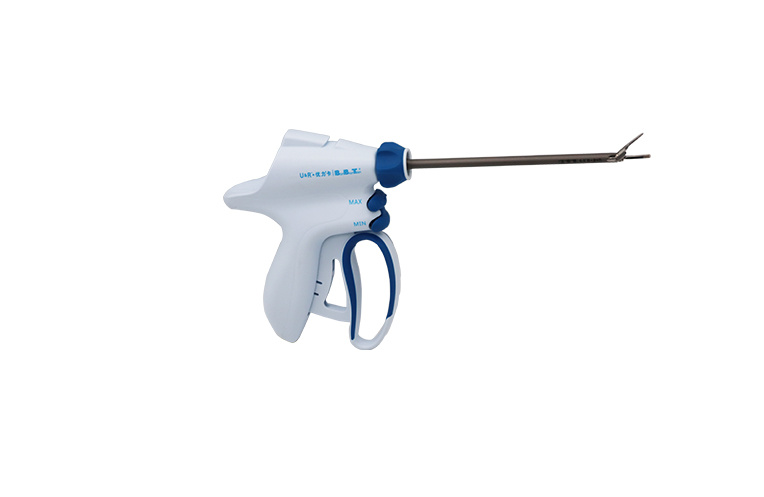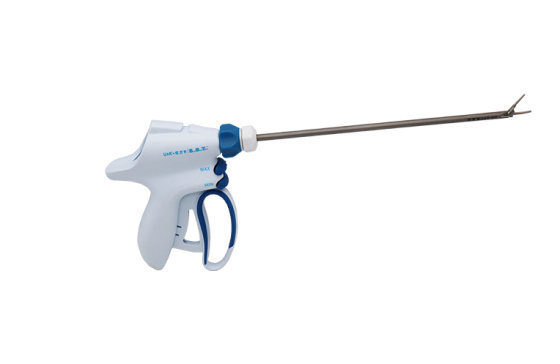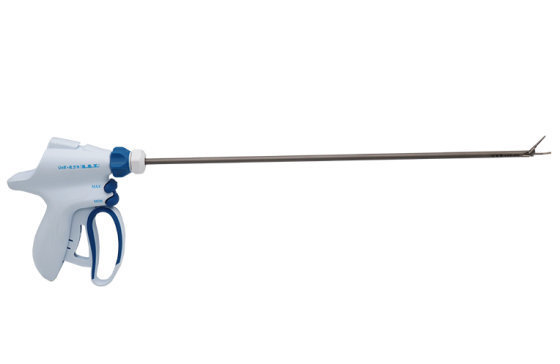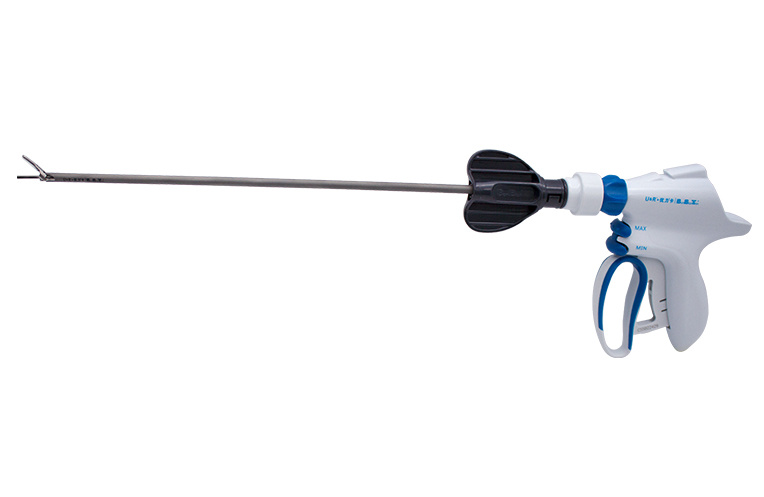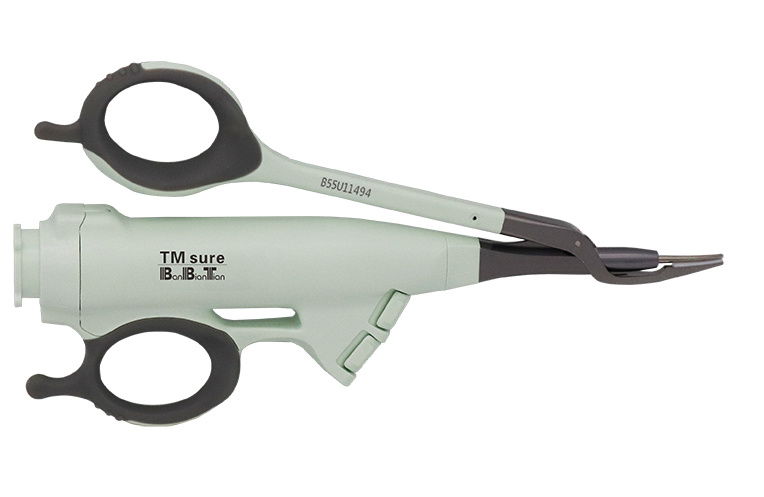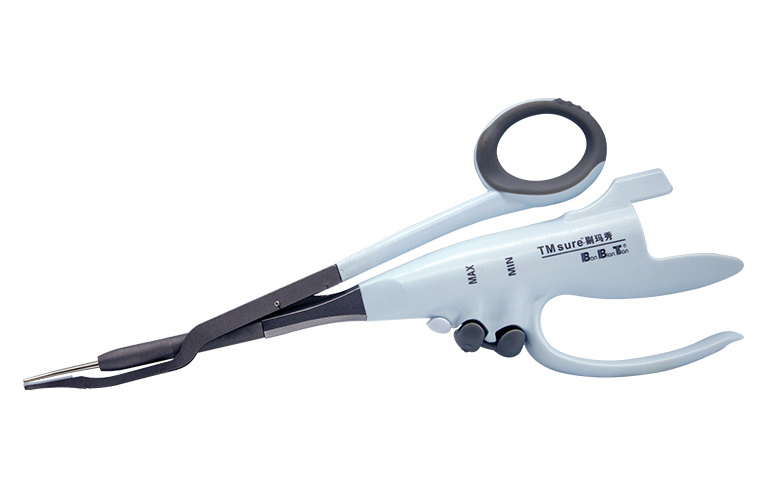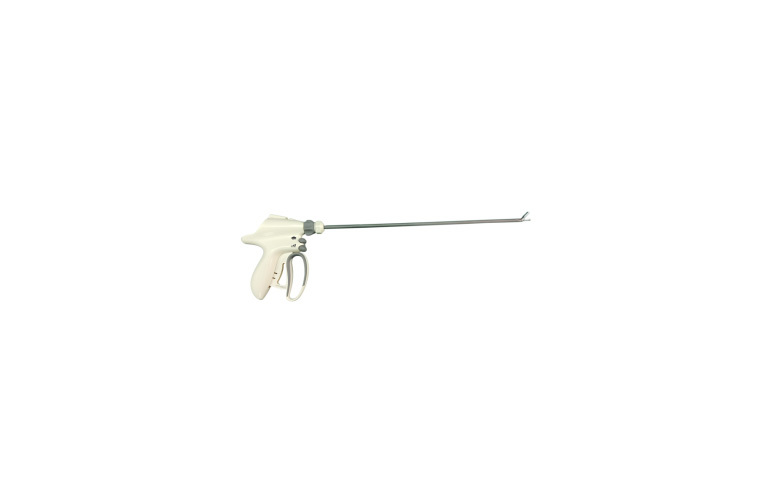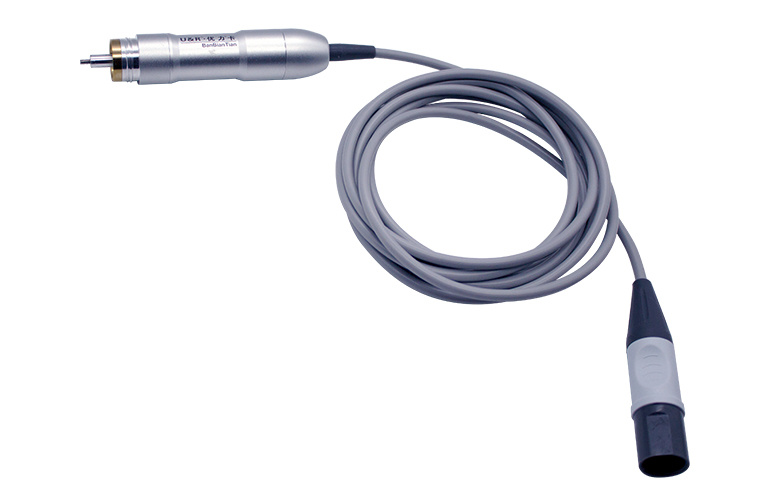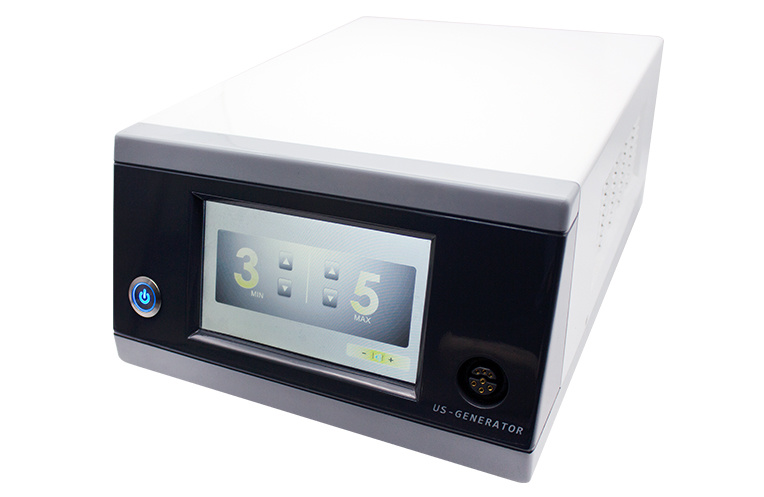Products
Blog
Clinical Application and Development Trend of Ultrasonic Scalpel
Ultrasonic scalpels mainly include ultrasonic cataract emulsification, ultrasonic orthopedic surgery, ultrasonic surgical suction, ultrasonic hemostasis surgery, ultrasonic crushing of stones in vitro, high-intensity ultrasonic focusing surgery, etc. The development of hospitals and departments depends on the development and improvement of clinical medical technology, as well as the improvement of disease diagnosis and treatment methods. As an important part of the hospital's surgical system, the development of its surgical technology largely depends on the development and improvement of surgical technology. At present, the development trend of surgical techniques tends to be more and more minimally invasive, and laparoscopic surgery is one of the important components of minimally invasive surgery. The main advantages of laparoscopic surgery are: small surgical trauma, fast postoperative recovery, significantly shortened hospital stay; mild postoperative pain; the chance of surgical blood loss is reduced (90% of laparoscopic operations basically have no bleeding); the postoperative treatment is simple and the cost is reduced, and the patient also has the benefits of shortening the time of sick leave, returning to work earlier, and reducing the burden of family care.
1. Ultrasonic scalpel can meet higher requirements for hemostasis devices in laparoscopic applications
Although laparoscopic surgery has such great advantages, at the same time, laparoscopic surgery requires high anatomical accuracy, a strong ability to effectively handle blood vessels, and high requirements for surgical instruments. The traditional electrotome (unipolar electrotome or bipolar coagulation) cannot solve the problems of too wide a range of heat conduction (it is easy to cause secondary damage to important organs), it cannot effectively deal with blood vessels, and the smoke greatly affects the field of view and other defects, which seriously restrict the cavity. Expansion of the scope of endoscopic surgery. Until the birth of the ultrasonic cutting hemostatic knife in 1996, the laparoscopic technology has been developed by leaps and bounds, and the minimally invasive surgical technology mainly based on laparoscopic surgery can be widely used in various surgical fields.
2. Other uses of the ultrasonic scalpel besides the main function of hemostasis
Ultrasonic scalpel is mainly used in ENT surgery, head and neck surgery, breast surgery, thoracic surgery, hepatobiliary surgery, abdominal surgery, minimally invasive urology surgery and minimally invasive gynecological surgery. Minimally invasive gynecological surgery includes myomectomy, adnexectomy, ectopic pregnancy tubal fenestration, total hysterectomy, pelvic lymph node dissection, etc. Ultrasonic scalpel can safely close lymphatic vessels in gynecological surgery; its small lateral thermal injury can reduce the damage of ureter, bladder or other adhesion organs, make it safer to deal with pelvic adhesions, and can effectively protect ovarian function and reduce Functional impairment of normal follicles; cavitation effect facilitates opening of the anterior and posterior pages of the broad ligament and bladder-peritoneal reflex; 5mm vascular closure capability allows safe handling of the uterine artery and ligament proper of the ovary and other ligaments.
With the improvement of laparoscopic surgery technology and the improvement of laparoscopic instruments, the application of laparoscopic surgery in the field of surgery and gynecology is increasing, and there are more and more studies and reports on laparoscopic surgery during pregnancy. Due to the particularity of pregnancy, higher requirements are put forward for the implementation and safety of laparoscopy, especially the safety of the fetus. Therefore, it is very important to study and explore hemostasis methods with good hemostatic effect, good safety performance and strong reliability. The methods of hemostasis in laparoscopic surgery include laser, high-frequency electrocoagulation, ultrasonic knife, microwave knife, argon knife, radio frequency knife, titanium clip, automatic cutting stapler, suture ligation, inner ferrule ligation, etc. Different methods of hemostasis have their advantages and disadvantages. The principle of laparoscopic surgery should be to reduce complications, shorten operation and pneumoperitoneum time, so it is very important to choose a better hemostasis method; coupled with the application and development of laparoscopy during pregnancy, it is necessary to study one or several ideal hemostasis methods. In clinical work, combined application of various hemostasis methods has achieved good results.
Other Articles



 English
English  한국어
한국어  français
français  Deutsch
Deutsch  Español
Español  italiano
italiano  русский
русский  português
português  tiếng việt
tiếng việt  română
română 